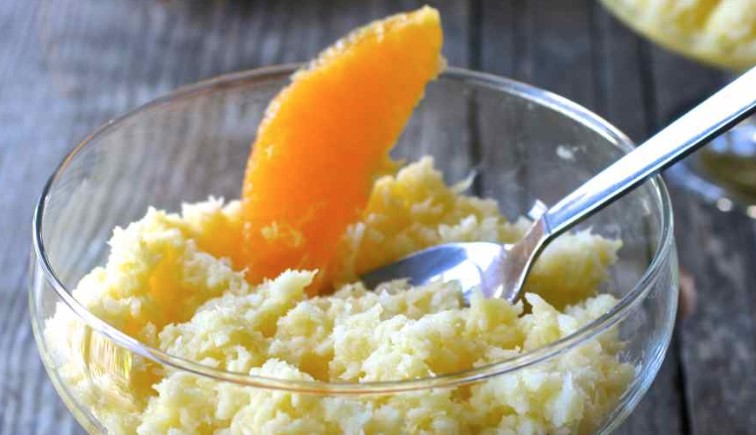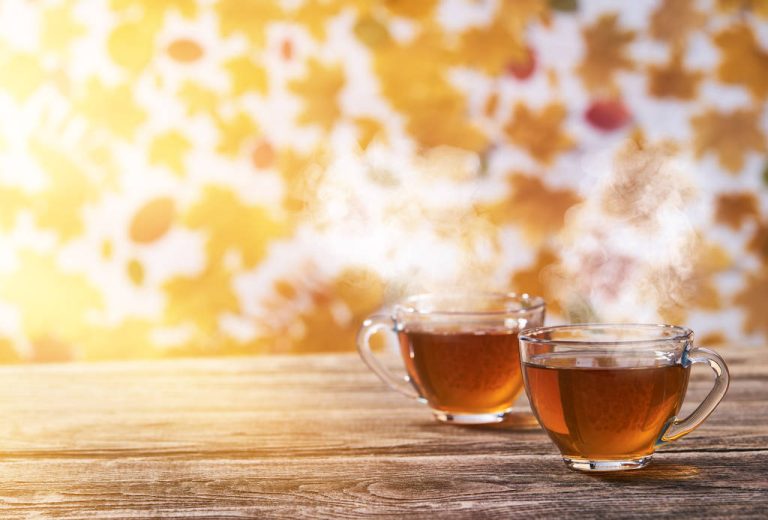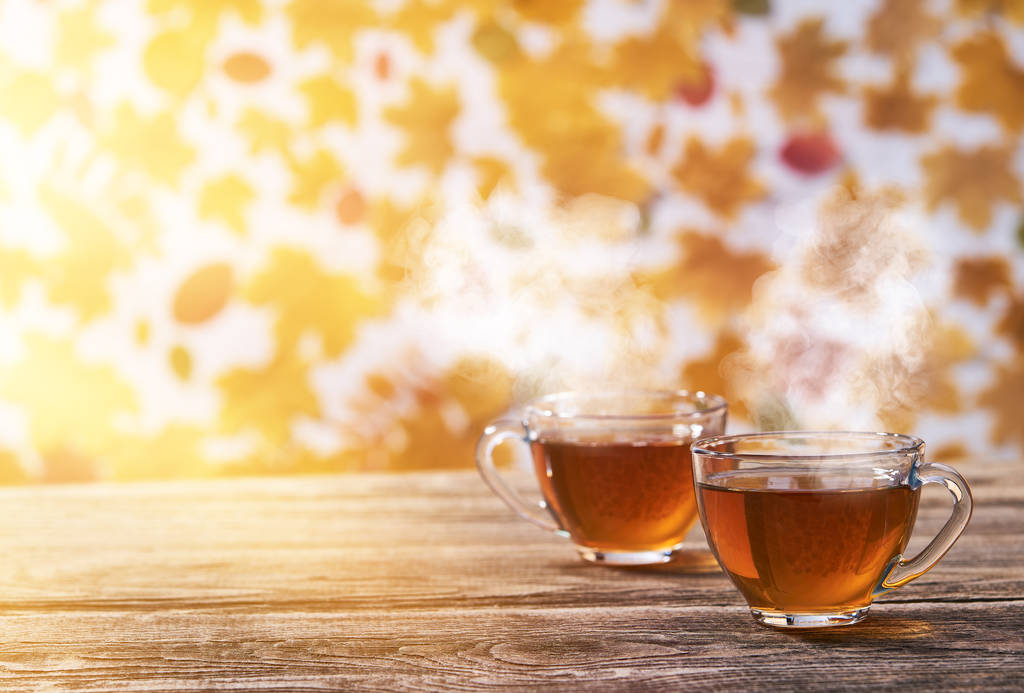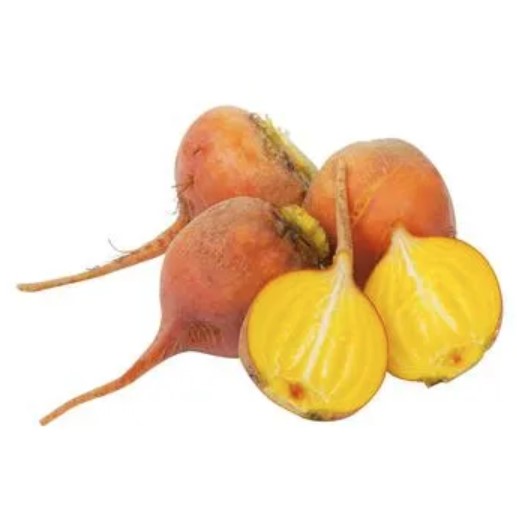Quinoline yellow is questionable as a food coloring – experts are still researching how much. Here’s how the substance is likely to affect your health and how best to avoid it.
Quinoline Yellow is an artificial coloring. The yellow powder gives industrially produced foods in particular a more intense tint. Quinoline yellow can hide not only in yellow, but also in green-colored foods: when mixed with a blue dye, it creates a green tint.
However, the use of artificial dyes such as quinoline yellow is quite controversial. Research results have been known for some time that indicate connections between dyes and health risks. Most studies refer to a special group of artificial colors, the so-called azo dyes. Although quinoline yellow does not belong directly to this group by chemical definition, it can be identified using the same analytical methods. Studies on the effects of the additives on humans often examine quinoline yellow and azo dyes together.
Can quinoline yellow be harmful to health?
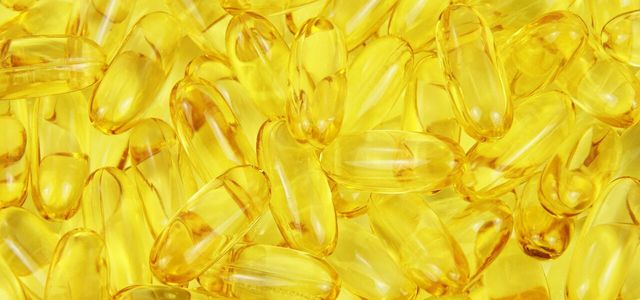
Due to the worrying information, the European Food Safety Authority (EFSA) is currently re-examining all previously approved coloring agents in a large-scale study. Quinoline yellow is specifically suspected of promoting the following diseases, among others:
Hyperactivity in children (ADHD syndrome):
An English study from 2007 triggered renewed scientific discussion about artificial colourants. As a result, the study establishes a connection between certain dyes, the preservative sodium benzoate (E 211) and hyperactivity in children. The EFSA names the affected dyes: In addition to quinoline yellow (E104), five azo dyes have also been noticed. They are Tartrazine (E102), Sunset Yellow (E110), Ponceau 4R (E124), Allura Red (E129) and Carmoisin (E122).
Surveys by the EFSA showed that the additives mentioned are widespread in soft drinks such as lemonades or in sweets. In this way, children could ingest dangerously high amounts of the substances. However, the EFSA has not yet been able to confirm the conclusions of the English study. A final risk assessment by EFSA for all substances is not yet available. However, there are already interim reports for some of the dyes – including quinoline yellow.
In its 2009 risk assessment for quinoline yellow, the EFSA drastically reduced the previous maximum value as a precaution. The so-called ADI value indicates the daily intake that is considered harmless (“acceptable daily intake”). For quinoline yellow it is now a maximum of 0.5 milligrams per kilogram of body weight. Before that, the range was zero to ten milligrams per kilogram of body weight.
The Bavarian State Office for Food Safety also refers to the statutory EU regulation, which prescribes a warning for the additives mentioned. Foods containing quinoline yellow or any of the other coloring agents must indicate the possible health consequences for children on the packaging.
According to Foodwatch, for example, Haribo has dispensed with the artificial colors in question since the reclassification in order to avoid the warning. Foodwatch also asks why the EU requires a warning but has not issued a ban. For example, foodstuffs containing quinoline yellow may not be imported into the USA.
Hives (Urticaria):
Like many of the azo dyes, quinoline yellow can presumably worsen the course of certain skin diseases. A study shows that the dye quinoline yellow can trigger a renewed flare-up of the disease. It is typical of this skin disease that it occurs in flares due to environmental triggers such as food.
Is quinoline yellow carcinogenic?
When it comes to the question of whether quinoline yellow may promote cancer or damage the genetic material, experts are not in agreement. However, various studies suggest that it is.
Is quinoline yellow carcinogenic? A study on laboratory animals suggests an increased risk of cancer from the food coloring. However, the study dates back to 1997 and is therefore more than twenty years old.
Is quinoline yellow mutagenic? This is the result of another study from 2004. Using laboratory tests on cell cultures, it identified potentially genotoxic – i.e. mutagenic – effects.
EFSA cannot confirm such conclusions in its 2009 report on quinoline yellow. According to the organization, their research found no scientific evidence that quinoline yellow could cause cancer in humans or cause genetic damage.
However, it remains questionable whether the question has been finally resolved. Recent research points in the direction that quinoline yellow could trigger undesirable reactions in the body. A study from 2018 shows that the dye can react with certain proteins in the blood plasma. However, it is not clear from the study whether such reactions may lead to health problems.
Where quinoline yellow can be found – and how to avoid it

You can recognize quinoline yellow by the E number E 104 on the list of ingredients. You can also download an app that shows you questionable content and explains the E number, for example from Codecheck. With these products, it is particularly worth looking at the additives – they could contain quinoline yellow:
The knowledge magazine Spektrum reports that the food industry often uses quinoline yellow to color drinks, jams, sweets or desserts.
According to the code check, companies help with some energy drinks, lemonades, fruit gums or vanilla sauce with the coloring agent.
Quinoline Yellow can also be found in cosmetics or pharmaceuticals. These include, for example, vitamin preparations or the coating of various capsules and tablets. By the way: The green color of the cold syrup Wick Medinait is also due to a mixture of quinoline yellow and blue dye.
The best way to avoid possible health risks from quinoline yellow is to use fresh food. Many of the products that are available ready-made can also be made by yourself with simple means. The big advantage: You then know exactly what is in your meals or snacks. Here are some tips:
You can mix soft drinks such as lemonade or iced tea quickly and with just a few ingredients according to your own preferences.
Jam: With this basic recipe you will succeed in making fruity jam.
You can also easily make fruit gums or sugar caramel yourself.
Coffee: Instead of an energy drink, brew a cup of coffee. When you buy organic coffee, you can be sure that it doesn’t contain any harmful pesticides. It is best to also look out for a Fairtrade seal.
Cold: Herbal home remedies relieve the symptoms of a cold in a natural way – and are free of artificial colors.
If possible, use organic products from the organic market or a regional farm shop as ingredients. You can orientate yourself to organic seals that do not use any artificial additives, such as Bioland, Demeter or Naturland.

